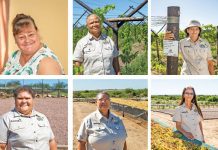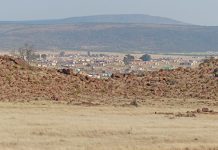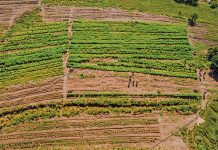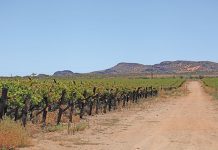“Expenditure” means the expenses of the business and the business owners’ personal drawings. It’s difficult to keep track of our exact expenses, so we estimate these for cash-flow purposes. Never underestimate – rather overestimate so that you’re prepared for when you might have to borrow money on a short-term basis while you wait for your produce income.
When applying for intermediate (short-term) finance, you need to show your lender you can pay this money back from the expected harvest. Intermediate financing could be in the form of a bank overdraft or a production loan from a bank.
Overhead expenses are regular monthly expenses that don’t change – although they might vary by small amounts, for example electricity consumption or telephone costs.
To apply these figures to your cash flow, estimate what the annual cost would be, divide that total by 12 (months), and add the result to your monthly budget. If your business is more than a year old, you could use your financial statements of the previous year to work out what this expenditure would be.
Take the overhead figures and add a percentage increase to them before dividing by 12.Variable expenses depend on what you’re going to produce in the following financial year. This could be crops, vegetables, chickens, livestock (cattle, sheep or goats) and any value-adding operation. That’s when you take your product to the next level – for example, slaughtering your animal to sell the meat, then taking the hide for curing and sale. Another example is growing citrus and adding value by making jam and marmalade.
Know what your input costs (expenses) will be. If your local agricultural technician can’t help you, then the regional agriculture department has an economist who keeps expenses up to date. Don’t guess! Once you have determined the variable input costs, enter them in the month you will pay them. The last item to calculate is how much the owner will take out of the business for personal expenses. If the owner’s wife or husband works in the business, it could be good, in a tax assessment, to pay them a salary as well.
Susan Pletts is the owner of Wanyuka Consultants in KwaZulu-Natal, which provides various services, including farming training and mentorship for emerging farmers in KZN.













